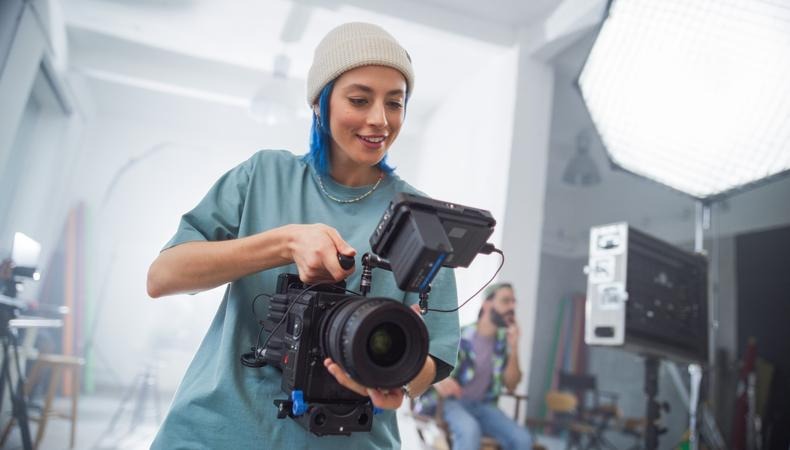Photography is both an art and a science, and at the heart of it lies one essential factor—camera equipment. Whether you’re an amateur exploring creative expression or a professional capturing moments for clients, understanding camera gear can make a significant difference in the quality and style of your photos video camera rental. Let’s take a closer look at the key components of camera equipment and how each contributes to the craft.
1. The Camera Body
The camera body is the core of any photography setup. It houses the sensor, image processor, and controls that determine image quality and performance.
-
DSLR (Digital Single-Lens Reflex): Known for optical viewfinders, interchangeable lenses, and robust performance, DSLRs have long been the standard for professionals.
-
Mirrorless Cameras: These are lighter and more compact, offering electronic viewfinders and often faster shooting speeds. With advanced autofocus systems, mirrorless cameras are becoming the new favorite for many photographers.
-
Compact and Bridge Cameras: Ideal for beginners and travelers, these all-in-one options balance quality with portability.
When choosing a camera body, consider factors like sensor size (full-frame, APS-C, or Micro Four Thirds), resolution, and low-light performance.
2. Lenses: The Photographer’s Eye
Lenses determine how light enters the camera and directly affect the sharpness, depth, and style of your images.
-
Prime Lenses: With a fixed focal length, these lenses offer superior sharpness and wider apertures, making them great for portraits and low-light photography.
-
Zoom Lenses: Offering variable focal lengths, zoom lenses are versatile for various scenarios—landscapes, wildlife, or sports.
-
Specialty Lenses: Macro lenses capture tiny details, wide-angle lenses are perfect for landscapes, and telephoto lenses bring distant subjects closer.
A good lens often outlasts a camera body and is a long-term investment in your photography journey.
3. Tripods and Stabilization Tools
For crisp, blur-free images, especially in low light or long exposures, stability is crucial.
-
Tripods are essential for landscapes, night photography, and video work.
-
Monopods offer portability for sports or wildlife photography.
-
Gimbals and stabilizers are must-haves for videographers seeking smooth footage.
4. Lighting Equipment
Light shapes every image. While natural light can be stunning, mastering artificial lighting gives photographers full control.
-
External Flashes (Speedlights): Great for adding fill light and reducing shadows.
-
Studio Lights: Softboxes, umbrellas, and strobes provide consistent illumination for portraits and product photography.
-
Reflectors and Diffusers: Inexpensive yet effective tools for manipulating natural or artificial light.
5. Accessories That Make a Difference
-
Memory Cards: Choose high-speed, high-capacity cards for reliability during long shoots.
-
Camera Bags: Protect and organize your equipment during travel.
-
Filters: Polarizers reduce glare, ND filters control exposure, and UV filters protect the lens.
-
Remote Shutters and Intervalometers: Useful for long exposures, time-lapses, and self-portraits.
6. Maintenance and Care
Regular cleaning and maintenance extend the life of your camera gear. Use lens cloths, air blowers, and protective cases to prevent dust and damage. Always store equipment in dry, cool places to avoid moisture buildup.
Conclusion
Camera equipment is more than just tools—it’s the bridge between vision and creation. Understanding how each component works helps photographers make informed choices, ensuring every shot captures the essence of the moment. Whether you’re building your first kit or upgrading professional gear, remember: the best camera is the one that helps you tell your story beautifully.
